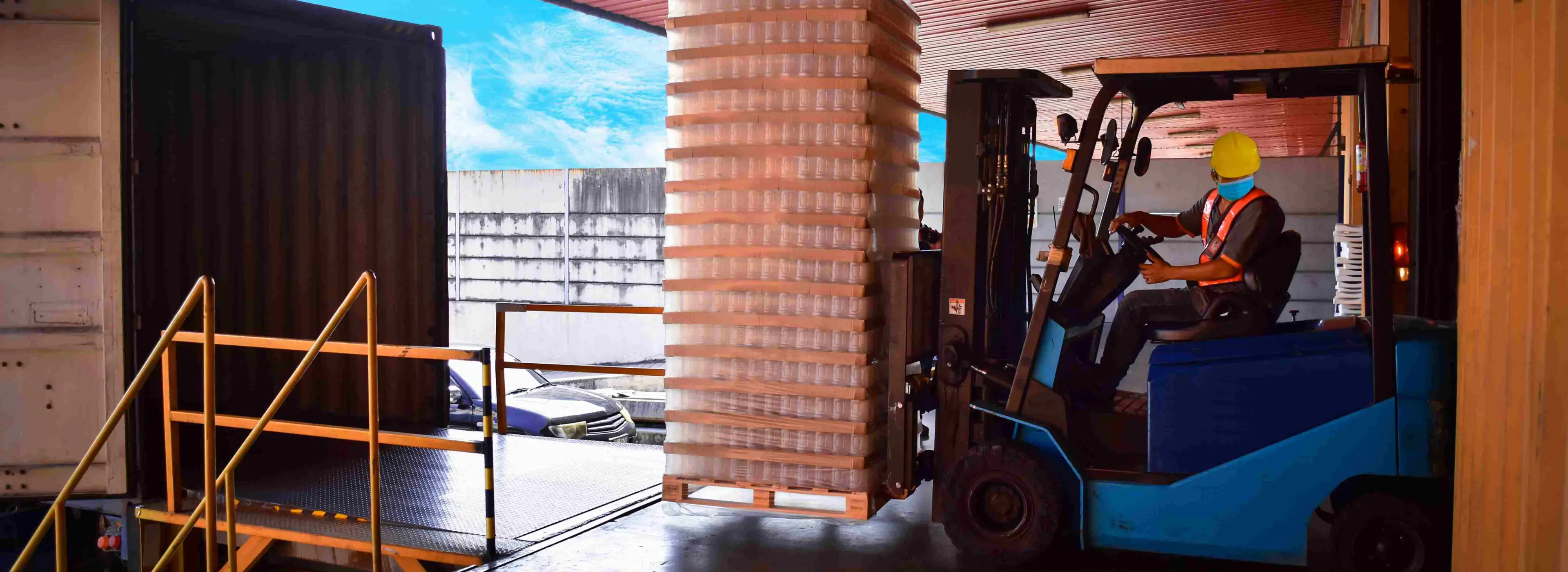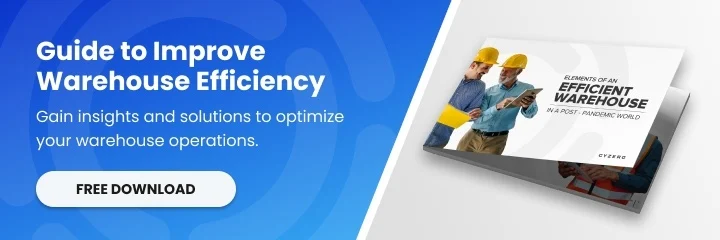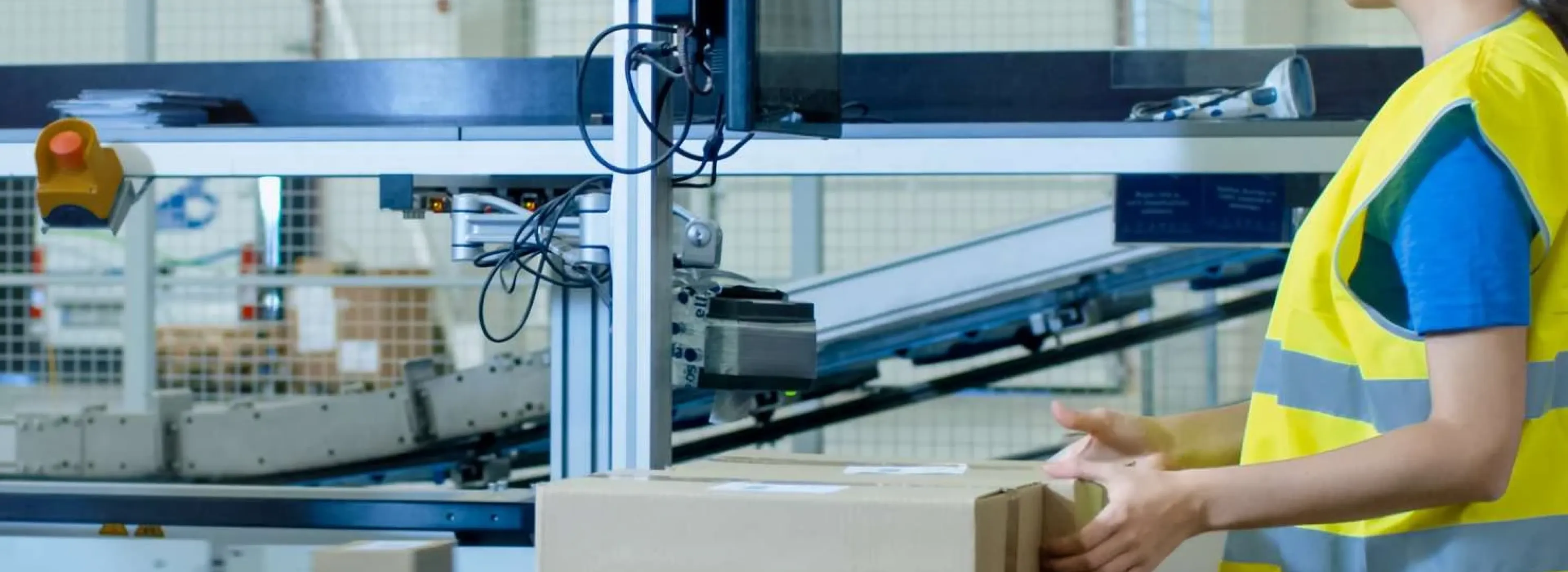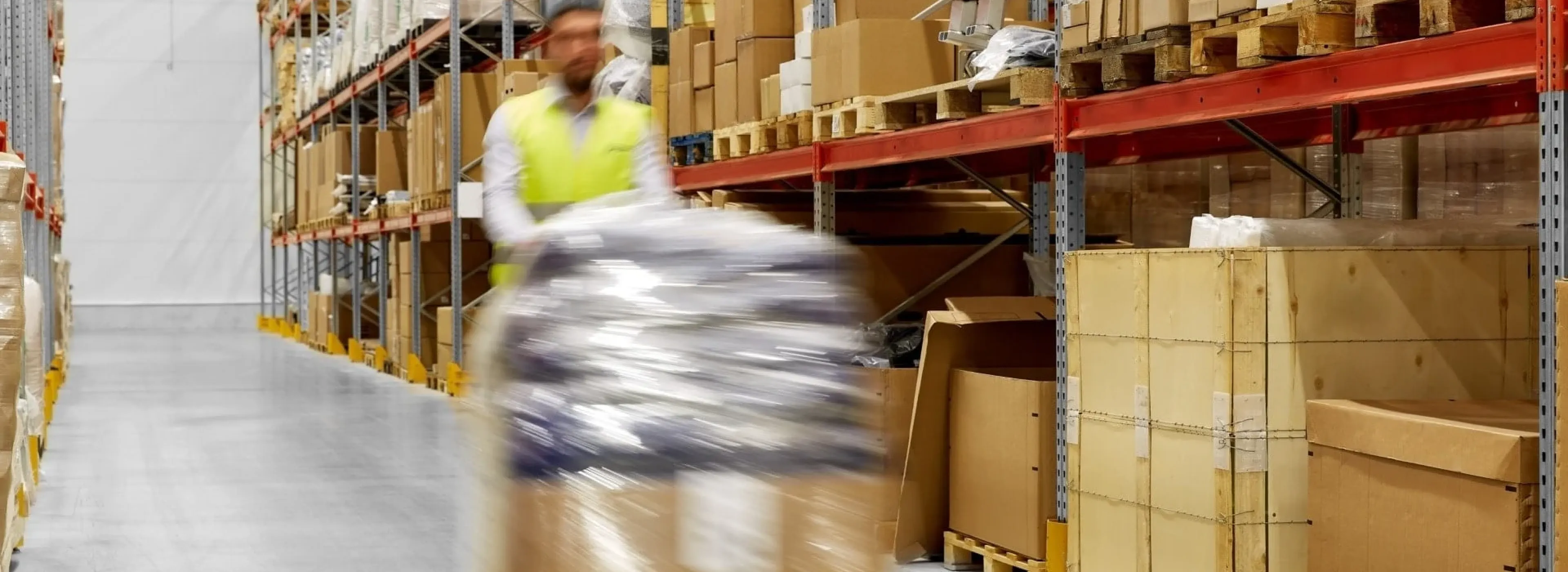If you are still measuring weights and dimensions by hand, a pallet dimensioner can speed up your dimensioning process and improve your warehouse efficiency. Additionally, the lack of an automated dimensioning system causes warehouses to depend on manual processes, resulting in a struggle to collect measurements efficiently and accurately. As an outcome, warehouses may have dimensional errors, poor efficiency, low productivity, and high expenses.
Click Here: Automate Your Dimensioning Process & Integrate the Best Dimensioners With Your Warehouse
This article will cover the seven key benefits of a pallet dimensioner to improve warehouse efficiency. But first, let’s understand what a pallet dimensioner is.
What Is a Pallet Dimensioner?
A pallet dimensioner is a technology warehouses use to automate pallet dimensioning (length, width, and height), weight, and image capture processes. It consists of a 3D sensor dimensioning technology with high-definition cameras specially designed for measuring cubic and irregular-shaped freight quickly and accurately.
The manual process consists of measuring pallets with a tape measure, calculating weight, taking a photo, and uploading the data into a system. This manual process is very time-consuming and prone to human errors.
A pallet dimensioner automates the process and takes dimensions, weight, and images of a pallet within a few seconds. This automation makes it a valuable and necessary investment for warehouses.
Let’s look at the seven benefits of a pallet dimensioner to increase warehouse efficiency.
7 Benefits of a Pallet Dimensioner to Increase Warehouse Efficiency
1. Improve Warehouse Productivity
Manually measuring the dimensions and weight and capturing images of each pallet usually takes a long time for a warehouse associate. Moreover, measuring the irregular-shaped pallets can take even longer. This manual process is tiresome, making warehouse employees less productive as they work through the day.
An automated pallet dimensioner can capture the dimensions, weight, and images of a pallet in a flash, saving plenty of pallet measuring time. It can speed up the process for a warehouse that usually measures hundreds or thousands of pallets daily by reducing the measuring time, thus improving the productivity of warehouses.
To learn more about how a pallet dimensioner works and its comparison with a manual process, watch this video: https://youtu.be/ZqgKZ2t1ZBc
2. Increase Accuracy
Getting things right and error-free is essential for any warehouse operation because errors and inaccuracies can be costly. Investing in an automated pallet dimensioner can help warehouses reduce measuring inaccuracy and manual data entry errors.
A pallet dimensioner uses laser-based/3D infrared dimensioning technology along with high-quality cameras and digital scanners. Well-equipped with such technologies, it can accurately measure the precise dimensions of every pallet.
3. Achieving NTEP Certified Measurements
Any business that charges based on dimensions and weights must use a legal-for-trade dimensioner. An NTEP-certified pallet dimensioner can help warehouses measure dimensions and weight and capture images of pallets according to commercial standards.
You can check if a vendor is NTEP certified by searching in the NTEP database –link below: NTEP Certificates of Conformance Database.
4. Effectively Refute Claims from Customers and Carriers
With a pallet dimensioner, you automatically capture images when a pallet is received and shipped out from the warehouse. When claims from customers or carriers occur, you can effectively refute them by having image proof that a pallet was received and shipped in perfect condition.
5. Boost Revenue
Manually measuring the dimensions and weight and capturing images of pallets can result in either inaccurate or incomplete data. Without accurate data, it can be challenging to understand whether you are charging customers appropriately or not. If you are charging less, you are losing your money. On the other hand, if you are overcharging, it could lead to chargebacks and angry customers.
Having accurate dimensions and weight along with images of pallets is always better than inaccurate measurements. An automated pallet dimensioner can help you prevent costing lower/higher to boost your revenue and maintain customer satisfaction.
Moreover, automating the pallet measuring process boosts warehouse efficiency by increasing their capacity to process more pallets than measuring manually. Processing more pallets in a given time increases productivity and generates more revenue.
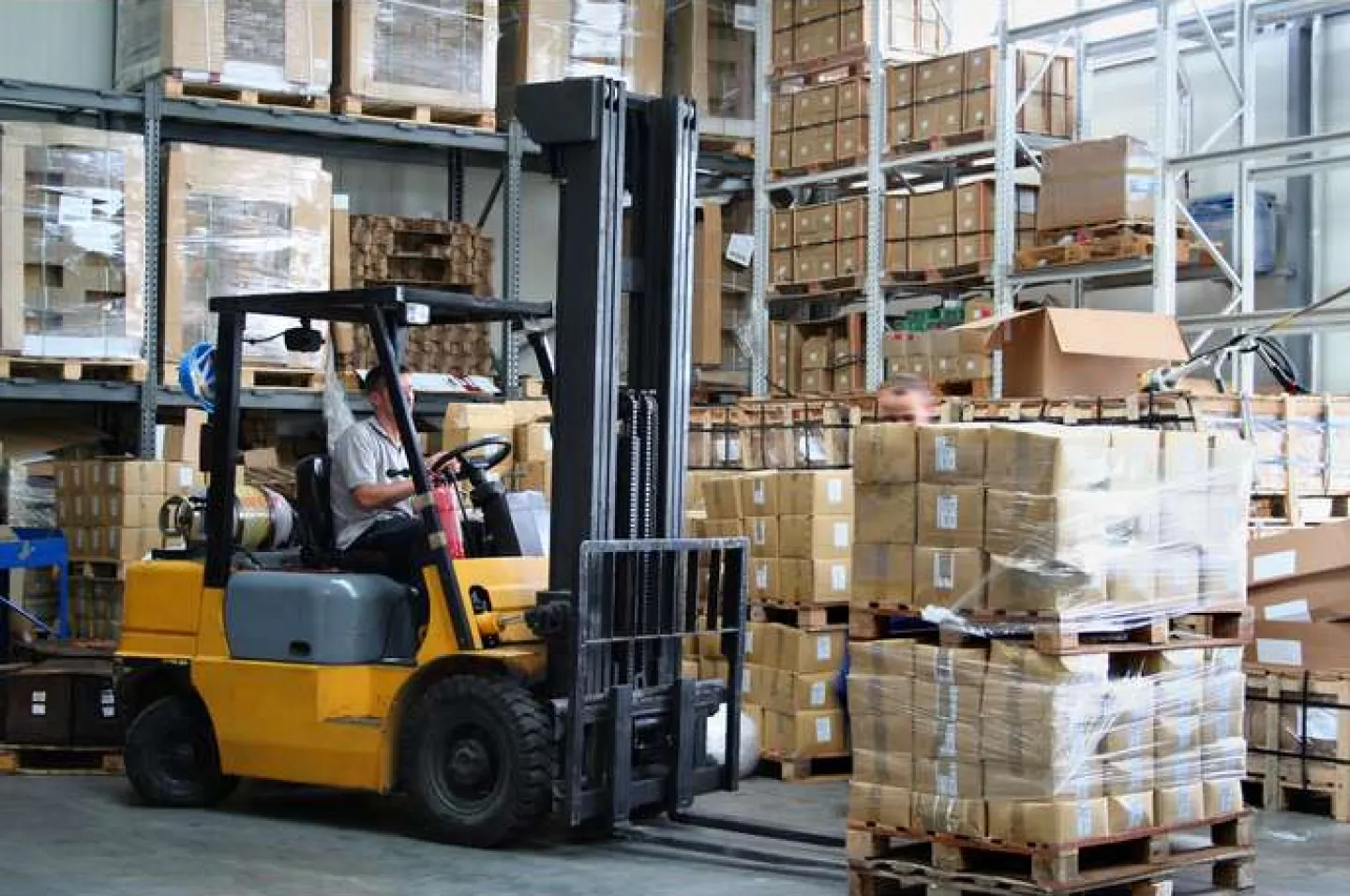
6. Increase Profit
An automated pallet dimensioner can help warehouses become more cost-efficient. It reduces the time required to measure pallets compared to manually, enabling warehouses to measure the same number of pallets in less time. It also significantly reduces the labor cost and helps warehouses earn more profits.
7. Space Maximization
For warehouse organizations, space is money. Most warehouses are packed inefficiently, and their spaces are underutilized as they lack the technology to accurately predict space requirements.
An automated pallet dimensioner can help warehouses use available space more efficiently by improving slotting and storage efficiencies. By measuring the dimensions and weight and promptly and accurately capturing images of the incoming pallets, warehouses can evaluate the best slot to store them in.
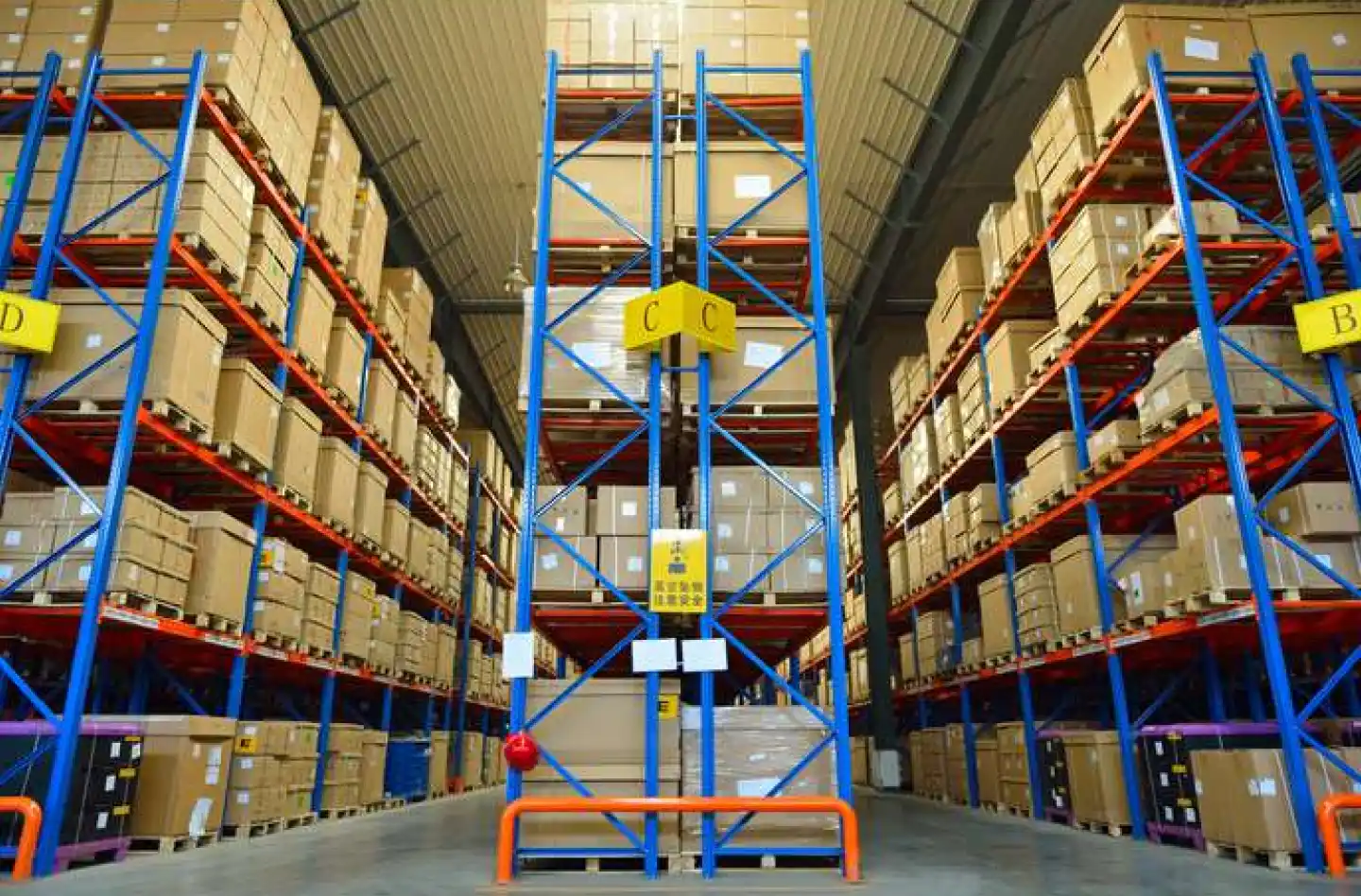
Conclusion
A pallet dimensioner enables warehouses to automate the pallet dimensioning, weighing, and image-capturing process. It helps warehouses reduce dimensions and weights measuring time and manual data entry errors. As a result, you’ll increase your processing speed, accuracy, and efficiency. Furthermore, having these benefits will help warehouses cut labor costs, utilize their space better, boost revenue, increase profit, and effectively refute customer and carrier claims.
In addition to the benefits of a pallet dimensioner, check out the 6 things to validate before adopting a pallet dimensioner.
For more information about warehouse technologies and optimizing other warehouse processes, follow us on LinkedIn, YouTube, X, or Facebook. If you have other inquiries or suggestions, please contact us here. We’ll be happy to hear from you.
